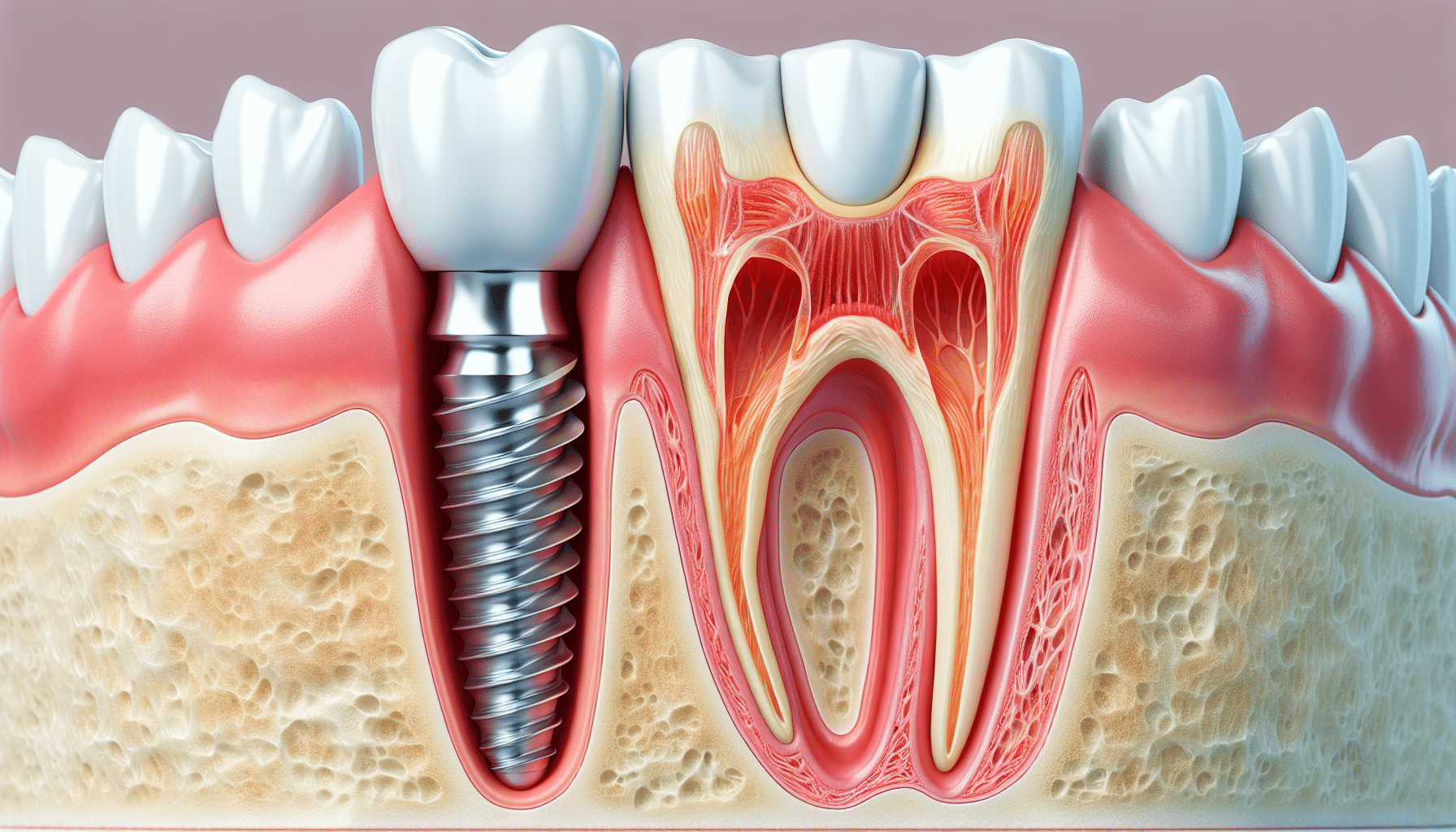Dental Sense Fundamentals Explained
Table of ContentsThe 7-Minute Rule for Dental SenseThe Facts About Dental Sense RevealedDental Sense - TruthsThe Ultimate Guide To Dental Sense
are medical gadgets surgically dental implanted right into the jaw to restore a person's capacity to chew or their appearance. They give assistance for artificial (fake) teeth, such as crowns, bridges, or dentures. When a tooth is shed due to injury or disease, a person can experience complications such as fast bone loss, faulty speech, or changes to eating patterns that lead to pain.Oral dental implant systems include a dental implant body and dental implant abutment and might likewise include an abutment fixation screw. Cosmetic dentistry services. The dental implant body is operatively put in the jawbone in area of the tooth's origin. The oral implant abutment is generally connected to the implant body by the abutment fixation screw and prolongs through gums into the mouth to support the attached synthetic teeth
(https://trello.com/w/dentalsense11/members)Structure of The Oral Implant System picking oral implants, speak with your oral provider concerning the prospective benefits and threats, and whether you are a candidate for the procedure. Points to consider: Your overall health and wellness is a vital consider determining whether you are a good candidate for dental implants, how much time it will take to recover, and the length of time the implant may remain in location.
Cigarette smoking may impact the recovery procedure and lower the long-lasting success of the dental implant. The recovery procedure for the implant body might take numerous months or longer, throughout which time you generally have a momentary joint in area of the tooth. the oral implant treatment: Very carefully follow the dental health guidelines given to you by your oral supplier.
See This Report about Dental Sense
Implant failing can result in the need for an additional surgery to deal with or change the implant system. Restores the capacity to chew Brings back aesthetic look Helps maintain the jawbone from shrinking as a result of bone loss Maintains the wellness of the surrounding bone and gum tissues Assists keep nearby (nearby) teeth stable Improves lifestyle Damage to bordering natural teeth throughout implant positioning Injury to the surrounding tissues throughout surgical treatment, such as sinus perforation Injury throughout surgical procedure (for instance, crack of bordering jawbone) Poor function, such as seeming like the teeth do not attack with each other normally A sensation that the tooth is loose or turning in area arising from an abutment screw loosening Implant body failing (looseness of the dental implant body) due to systemic infection, which might be most likely in people with unchecked diabetes as a result of regional infection in bone and gum tissues supporting the dental implant body as a result of postponed healing, which may be most likely in people who smoke Trouble cleansing the periodontals around the implant, resulting in bad oral health Without treatment gum illness Post-surgical feeling numb because of nerve impingement or damage Always inform healthcare service providers and imaging technicians that you have dental implants before any kind of magnetic vibration imaging (MRI) or x-ray procedures.
FDA is not conscious of any kind of adverse occasions reported for MRI or x-ray procedures with dental implants. Dental implants systems are commonly constructed from products that follow worldwide consensus requirements of the International Organization for Standardization (ISO) or ASTM International. These requirements have details of what makes a Cosmetic dentistry services secure product.

A dental implant is a framework that changes a missing out on tooth. With screw-like devices, the cosmetic surgeon inserts a dental implant into the jawbone, and it acts as a support for a synthetic tooth, called a crown.
The 15-Second Trick For Dental Sense
Some people are not eligible for dental implant surgical procedure. It is for oral cosmetic surgeons to operate people with: intense illnessuncontrollable metabolic diseasebone or soft cells condition or infectionIf these problems are settled, an individual can have the surgical treatment. In, dental doctors avoid running on individuals with: If people with any one of the above go through oral implant surgical treatment, there is a higher danger of the implant failing.

Dental dental implant surgical procedure is an individualized procedure. It's not the exact same for everyone. The complying with gives a general introduction of what you can expect your dental practitioner, oral surgeon, periodontist or prosthodontist to do: Place the implant surgically. Provide you time to heal. Connect the article and final crown, bridge or denture.
Next, your doctor will meticulously put the oral implant into your jaw. If your dental implant is near the front of your mouth, your dental professional will make a momentary tooth for you to use until you heal.
The Only Guide to Dental Sense
Throughout the healing stage, your jawbone must fuse to the dental implant. This process can take anywhere from three to 9 months.
As soon as your implant heals, your dental practitioner can attach the abutment (tiny port message) and your last remediation (crown, bridge or denture). This typically takes concerning one hour to complete and may require a second minor surgery. You should not feel any pain throughout your oral implant treatment since your service provider will certainly make use of drug to numb your gums.